| Seite 5 |
Nouns in German
|
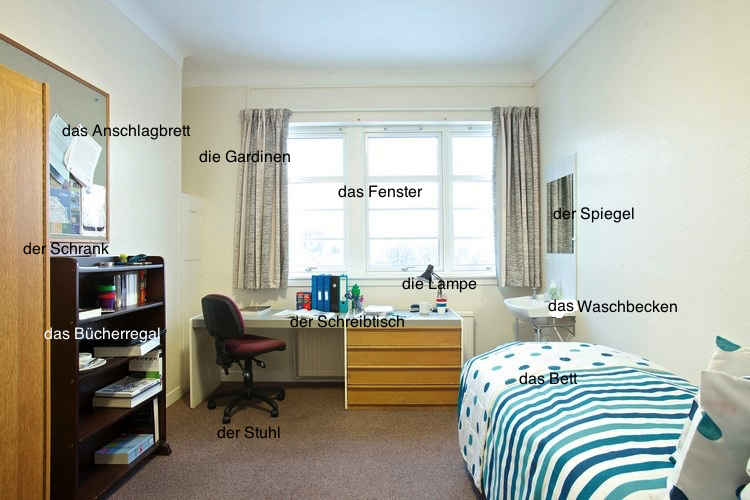
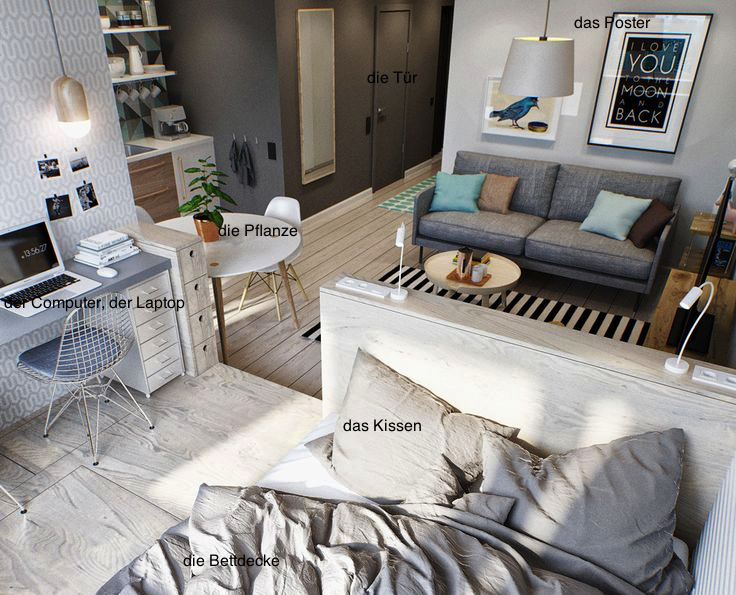
WortschatzAlltägliche Gegenstände (everyday objects)
|
|
WortschatzAdjektive / die Farben (adjectives / colors)
|
die Farben
|
||||
Übung 1-5a: Das ist der Tisch. Er ist neu. Take turns with a partner. Identify objects in the pictures of the rooms above by pointing to the objects and stating in German what the object is. Each time, describe the object with its correct pronoun and using an adjective, including colors. Das ist das Sofa. Es ist grau. Das ist die Uhr. Sie ist billig. Das ist der Tisch. Er is neu.
Übung 1-5b: Fragen Sie drei Kollegen! / Kolleginnen! Fill in the table below by asking the questions with three others. Report to the class in German!
| Wie heißt du? Wie schreibt man das? | Wie geht's? (Do not answer with "gut".) | Wie alt bist du? (Answer with a complete sentence: "Ich bin ________ Jahre alt.") | Welche Farbe hat...? (Use the images below.) | Welche Farbe hat...? (Ask about a second object below.) |
 |
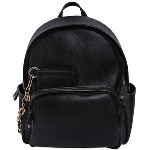 |
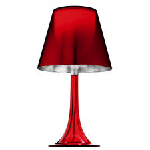 |
 |
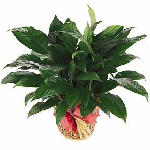 |
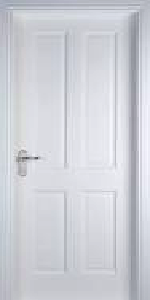 |
Indefinite Articles
|
Übung 1-5c: Was ist in deinem Zimmer? (What is in your room?) For the following sentence pairs, complete the first sentence "In meinem Zimmer ist..." an object from the vocabulary as indicated in the parentheses in English with its correct indefinite article. For example: "In meinem Zimmer ist ______________________ (computer). → "In meinem Zimmer ist ein Computer." For the second sentence in each pair, supply the correct pronoun and adjective as indicated in English in the parentheses. For example: __________ ist __________ (new). → Er ist neu. Complete on BOLT.
- In meinem Zimmer ist _____________________________ (book). _________ ist ___________________ (not long).
- In meinem Zimmer ist _____________________________ (waste basket). _________ ist ___________________ (white).
- In meinem Zimmer ist _____________________________ (clock). _________ ist ___________________ (new).
- In meinem Zimmer ist _____________________________ (picture). _________ ist ___________________ (not pretty).
- In meinem Zimmer ist _____________________________ (chair). _________ ist ___________________ (black).
- In meinem Zimmer ist _____________________________ (plant). _________ ist ___________________ (green).
- In meinem Zimmer ist _____________________________ (poster). _________ ist ___________________ (large).
- In meinem Zimmer ist _____________________________ (closet). _________ ist ___________________ (old).
- In meinem Zimmer ist _____________________________ (guitar). _________ ist ___________________ (expensive).
- In meinem Zimmer ist _____________________________ (bulletin board). _________ ist ___________________ (inexpensive).
Übung 1-5d: In meinem Zimmer... (In my room...) Match the vocabulary to the pictures. Then point to the pictures and state that the object is in your room. Then describe the object, using the correct pronoun, as in the exercise above.
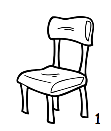 |
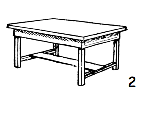 |
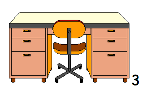 |
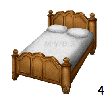 |
| In meinem Zimmer ist ein Stuhl. Er ist neu. | |||
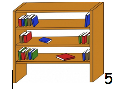 |
 |
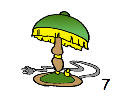 |
 |
 |
 |
 |
 |
 |
 |
 |
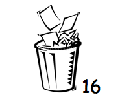 |
 |
 |
 |
 |
 |
 |
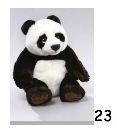 |
neu? groß? alt? klein? grün? grau? gelb? blau? schwarz? weiß? rot? braun? |
| (vocabulary list below) |
|
|
|
|
|
|
Übung 1-5e: Beschreiben Sie Ihr Zimmer! (Describe your room!) Tell your partner what five objects are in your room and describe them. Take turns and describe one object at a time. Start with: "In meinem Zimmer ist..." ("In my room is...") and then describe the object using the correct pronoun. Example: In meinem Zimmer ist ein Spiegel. Er ist groß. Note down what your partner has in their room.
Erzählen Sie! (Tell!). For example: Meine Partnerin heißt Judy. In ihrem (her) Zimmer ist ein Bild. Es ist schön. Mein Partner heißt Manfred. In seinem (his) Zimmer ist eine Pflanze. Sie ist grün. Report on three objects.
Übung 1-5f. Groß oder klein? Neu oder alt? Welche Farbe? See the objects below: Take turns asking questions with your partner, whether the objects are large or small (das Bett, das Bücherregal, das Buch, die Pflanze, die Tür) and old or new (der Tisch, der Stuhl, der Fernseher, die Lampe, die Uhr). Use pronouns in your answers.
Beispiel (Example):
A: Ist die Lampe neu oder alt?
B: Sie ist neu.
A: Welche Farbe hat die Lampe?
B: Sie ist rot.
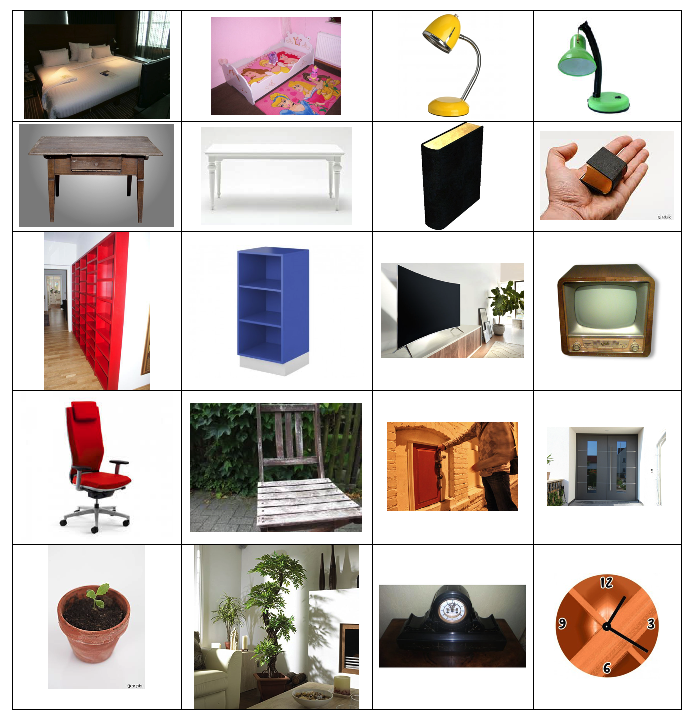
- Textbook Introduction
- Kapitel 1: Seite 1 (page 1)
- Kapitel 1: Seite 2 (page 2)
- Kapitel 1: Seite 3
- Kapitel 1: Seite 4
- Kapitel 1: Seite 5
- Kapitel 1: Seite 6
- Kapitel 1: Seite 7
- Kapitel 1: Seite 8
- Kapitel 1: Seite 9
- Kapitel 1: Seite 10
- Kapitel 1: Seite 11